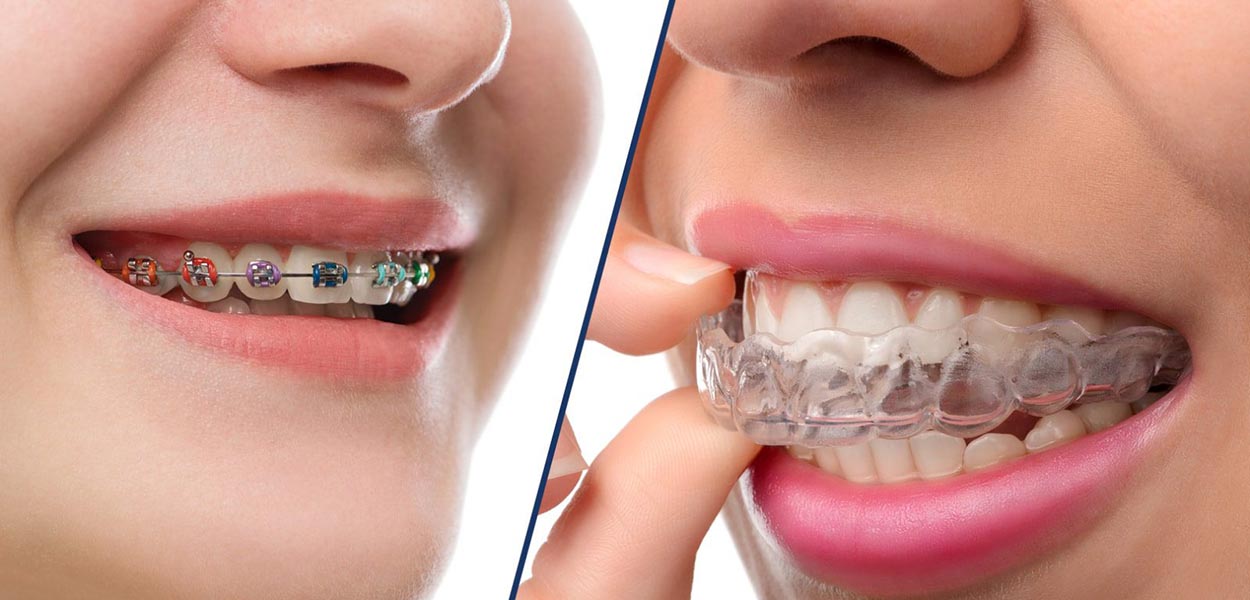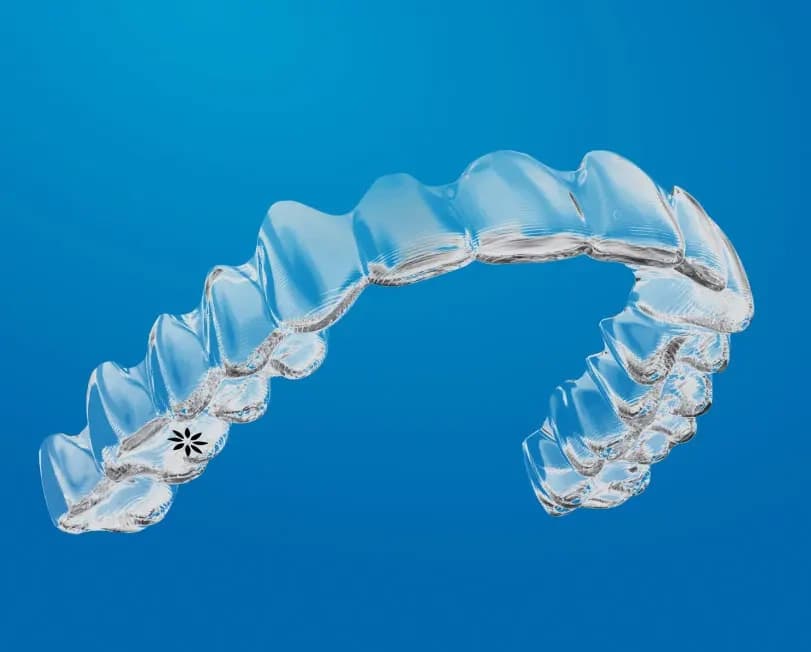What to Anticipate Throughout Your Invisalign Journey: A Comprehensive Introduction
Invisalign vs. Conventional Braces: Which Choice Is Right for You?
When considering orthodontic treatment, the option between Invisalign and standard dental braces offers several important elements that merit cautious examination. Invisalign supplies a very discreet alternative with removable aligners, while traditional braces offer a much more visible yet efficient option for serious misalignment. Each choice includes unique benefits and disadvantages associated with appearances, convenience, therapy period, and expense. Comprehending these subtleties is vital for making a notified decision that aligns with your personal choices and way of living. The inquiry continues to be: which choice will ideal fulfill your orthodontic demands and assumptions?
Summary of Treatment Alternatives

On the other hand, typical braces contain steel braces and wires that are adhered to the teeth. This method uses continuous pressure with time to achieve positioning. While reliable for intricate orthodontic issues, standard dental braces call for regular sees for changes and can pose difficulties in preserving dental health as a result of the difficulty of cleaning around braces and cords.
Both options have their benefits, and the option commonly depends upon details dental conditions, way of life preferences, and patient conformity. Eventually, speaking with an orthodontic specialist is important for determining the most ideal therapy strategy customized to specific requirements. Recognizing the subtleties of each choice can substantially affect the general success of orthodontic therapy.
Aesthetic Considerations
A considerable factor affecting the option in between Invisalign and standard braces is the visual charm each treatment uses. Invisalign aligners are crafted from clear plastic, making them practically invisible when used.
In contrast, typical braces include metal braces and cables, which can be extra obvious. While advancements in orthodontic modern technology have brought about the advancement of smaller sized brackets and tinted elastics, traditional dental braces still keep a more obvious profile. For some individuals, the presence of braces may deter them from looking for essential therapy.
Inevitably, the option in between Invisalign and typical braces may rest on individual preferences concerning aesthetics. Individuals that focus on discretion often favor Invisalign, while those that are much less worried about presence may go with traditional dental braces. Understanding the visual effects of each option is critical for making an informed choice that lines up with one's lifestyle and choices.
Comfort and Convenience

In regards to benefit, Invisalign aligners are removable, allowing clients to appreciate their preferred foods without constraint and preserve optimal oral hygiene. Cleaning and flossing are streamlined, as the aligners can be secured during these routines, whereas conventional braces need careful maneuvering around brackets and cables.
In comparison, conventional braces require routine changes, making them less practical for those with hectic schedules. In general, the convenience and ease of Invisalign make it an attractive option for many individuals seeking orthodontic treatment.
Therapy Period and Efficiency
While both Invisalign and standard dental braces are efficient in dealing with oral misalignments, the period of treatment can vary significantly in between the two alternatives. Generally, Invisalign therapy can take anywhere from 12 to 18 months, depending on the complexity of the instance. The clear aligners function by gradually changing teeth right into their preferred positions, and routine follow-ups with an orthodontist aid make sure development stays on track.
In contrast, standard braces commonly require a longer commitment, typically ranging from 18 months to 3 years. This is because of their fixed nature and making use of cords and braces, which can be extra effective for severe imbalances and complex instances (Invisalign). The treatment performance of typical dental braces is well-documented, as they enable for accurate adjustments and greater control over tooth motion
Ultimately, the option in between Invisalign and standard braces might pivot on both great site the awaited treatment duration and the specific dental problems at hand. Consulting with an orthodontist is vital, as they can provide tailored suggestions based upon individual requirements, ensuring the chosen technique lines up with wanted durations and results.
Price Contrast and Insurance Alternatives
Price plays a significant duty in the decision-making procedure for individuals taking into consideration orthodontic therapy, whether selecting Invisalign or typical dental braces. Typically, the cost of Invisalign varieties from $3,000 to $8,000, while typical braces normally cost between $2,000 and $6,000. Factors affecting these expenses include the complexity of the situation, the duration of treatment, and geographical location.
Insurance coverage can dramatically impact out-of-pocket expenses. Several oral insurance policy strategies offer partial coverage for orthodontic treatments, yet the specifics can differ extensively. It is important for people to review their insurance coverage to establish the extent of protection for either choice. Normally, traditional dental braces might be extra regularly covered by insurance coverage he has a good point plans contrasted to Invisalign, which some insurance providers classify as an aesthetic treatment.
Furthermore, numerous orthodontic techniques supply flexible payment plans, making both treatment choices a lot more obtainable. People should ask about potential financing options and discounts for upfront payments. Evaluating the total cost, consisting of insurance policy advantages and settlement strategies, is necessary for making a notified choice that lines up with both aesthetic preferences and budget factors to consider.

Conclusion
In summary, the selection between Invisalign and conventional braces rests on multiple factors, consisting of visual preferences, comfort, treatment period, and price. Invisalign uses a discreet, removable option that facilitates dental health and dietary flexibility, while traditional dental braces might be better for intricate oral problems and frequently come at a reduced cost point. Inevitably, examination with an orthodontist is necessary to evaluate individual conditions and figure out the most ideal therapy option for attaining ideal dental placement.
When thinking about orthodontic treatment, the option between Invisalign and typical braces presents a number of important variables that merit mindful assessment.Contrasting Invisalign and standard braces exposes distinct therapy options for orthodontic improvement.While both Invisalign and conventional dental braces are effective in dealing with dental imbalances, the duration of treatment can differ substantially in between the two alternatives.Cost plays a considerable duty in imp source the decision-making process for people considering orthodontic treatment, whether deciding for Invisalign or conventional dental braces.In summary, the selection between Invisalign and conventional dental braces hinges on several factors, including visual choices, comfort, treatment period, and price.